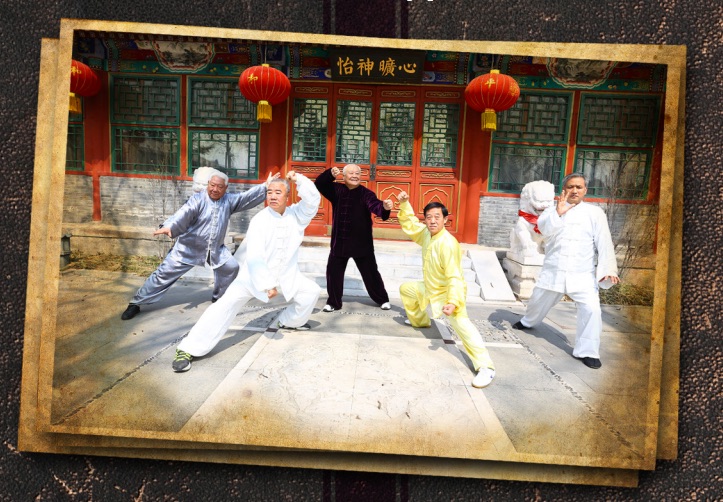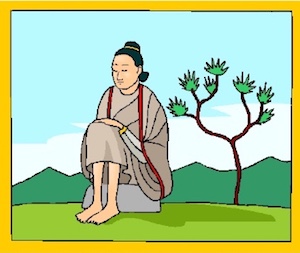Zhan Zhuang
(Standing Meditation)
Practicing Qigong for Tai Chi
Zhan Zhuang - The Hidden Essential of Tai Chi Training (summary). The Art and practice of Tai Chi is built upon fundamenal principles of Qigong that can be learned through the practice of standing meditation, also referred to as Zhan Zhuang (“jan jong”), Wuji Qigong, or (sometimes) Primordial Qigong. There are thousands of different types of Qigong. Arguably the most popular type of Qigong for martial arts is Zhan Zhuang. This is also known as “stake standing”. The practitioner stands motionless in a particular posture to develop internal strength. Zhan Zhuang is very easy to practice yet is said to be difficult to master.
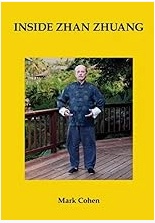
Standing Qigong practice develops integrated, relaxed body/mind awareness and focus, called “soong” in Chinese. Some masters train only using this form of Qigong. As Author Mark Cohen explains, "Whether we practice Tai Chi for health or martial arts, the inclusion of Zhan Zhuang (Standing Meditation) at the beginning of our daily training session becomes essential if we are to gain many of the greatest benefits spoken of in the Tai Chi Classics and historical anecdotes. For health, Zhan Zhuang training initiates the body’s internal healing, strengthening, unification and enhanced Qi flow which is then amplified by proper Tai Chi practice. In this case Zhan Zhuang becomes the Yin to Tai Chi’s Yang. While Tai Chi is often thought of in terms of ‘stillness within movement,’ Zhan Zhuang may be considered as ‘movement within stillness.’ Simply put, they are a perfect compliment to one another." Inside Zhan Zhuang.
Mark Cohen
INSIDE ZHAN ZHUANG The Nuts and Bolts of Standing Meditation. Part 1a.
https://www.youtube.com/watch?v=7uV9SAvG0VU
INSIDE ZHAN ZHUANG The Nuts and Bolts of Standing Meditation. Part 1b.
https://www.youtube.com/watch?v=oqa_C-LImss
INSIDE ZHAN ZHUANG The Nuts and Bolts of Standing Meditation. Part 1c.
https://www.youtube.com/watch?v=mPOHB6WYY68

Chen style Tai Chi Grandmaster Chen Qingzhou demonstrating one of many possible Zhan Zhaung postures.
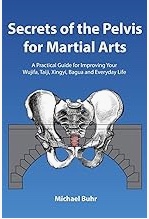
Secrets of the Pelvis for Martial Arts: A Practical Guide for Improving Your Wujifa, Taiji, Xingyi, Bagua and Everyday Life. Many martial arts and Qigong practices speak of the need to move from the center, to 'round the crotch', to open the Huiyin point, and to relax the waist and hips. Due to the "private" nature of this area of the body, there are few if any martial art teachers who publicly describe methods regarding how to achieve these results. And so the pelvic area (a.k.a. dan-tian or hara) remains the most difficult area of the body for many practitioners to understand, feel, relax, and open. This is the first and only book dedicated to the topic of developing the pelvic area for the martial arts.
Zhan Zhuang Journal. This is the only collection of standing meditation, zhan zhuang Qigong training journal notes to be made freely available anywhere! Nearly 150 entries spanning over fifteen years!


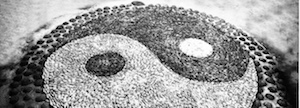

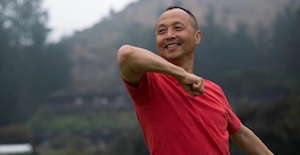
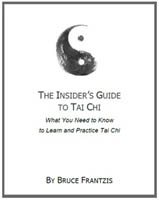







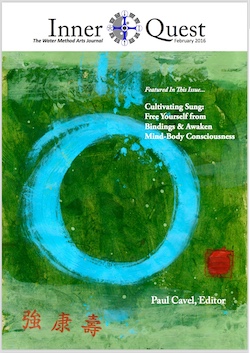
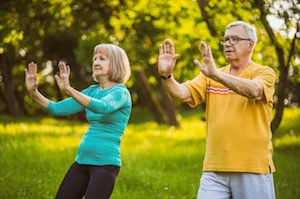
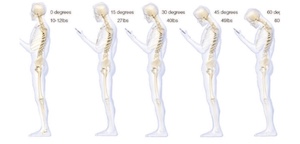
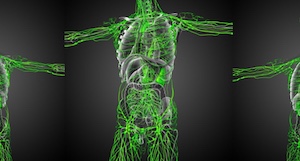
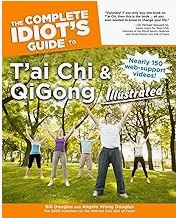 A video supplement link is available to purchasers of the acclaimed
A video supplement link is available to purchasers of the acclaimed 